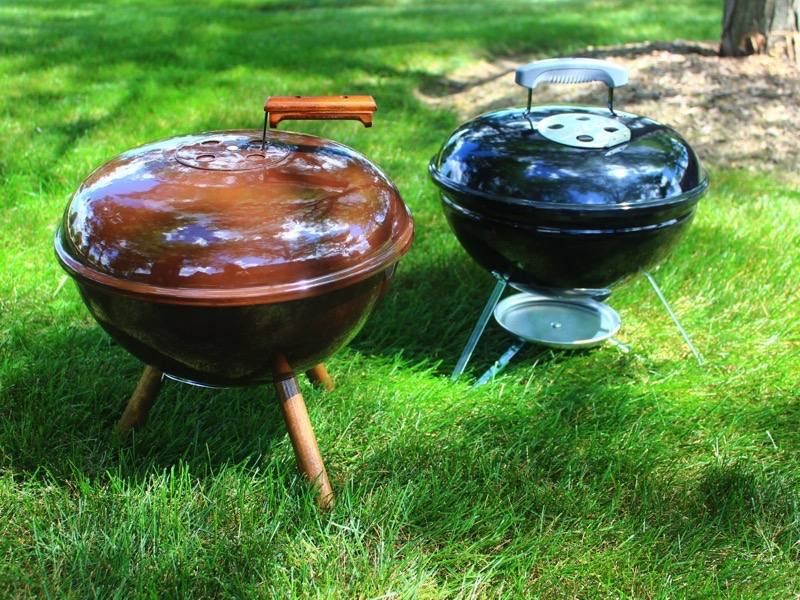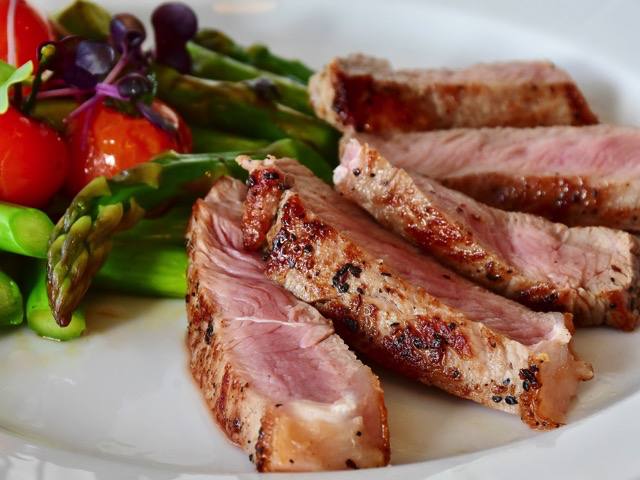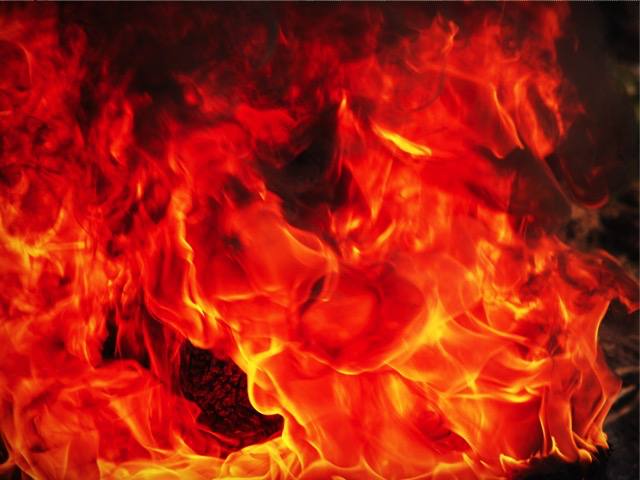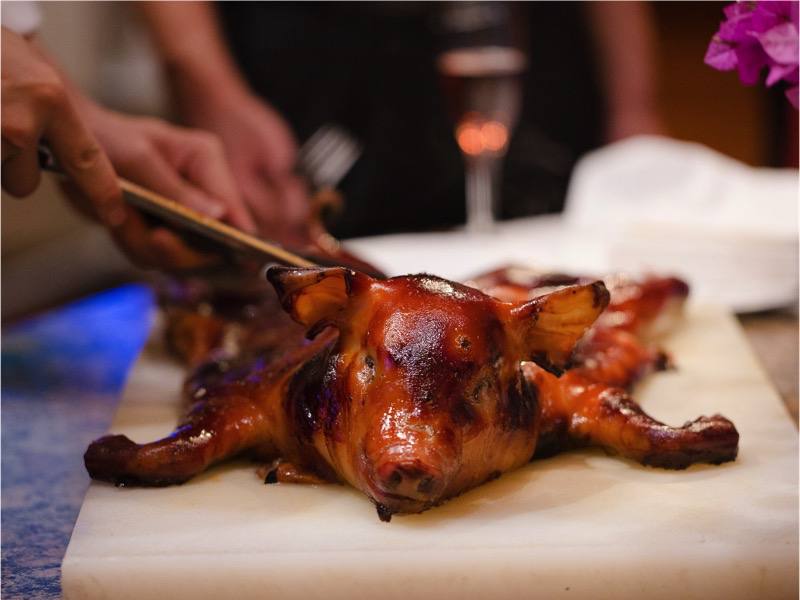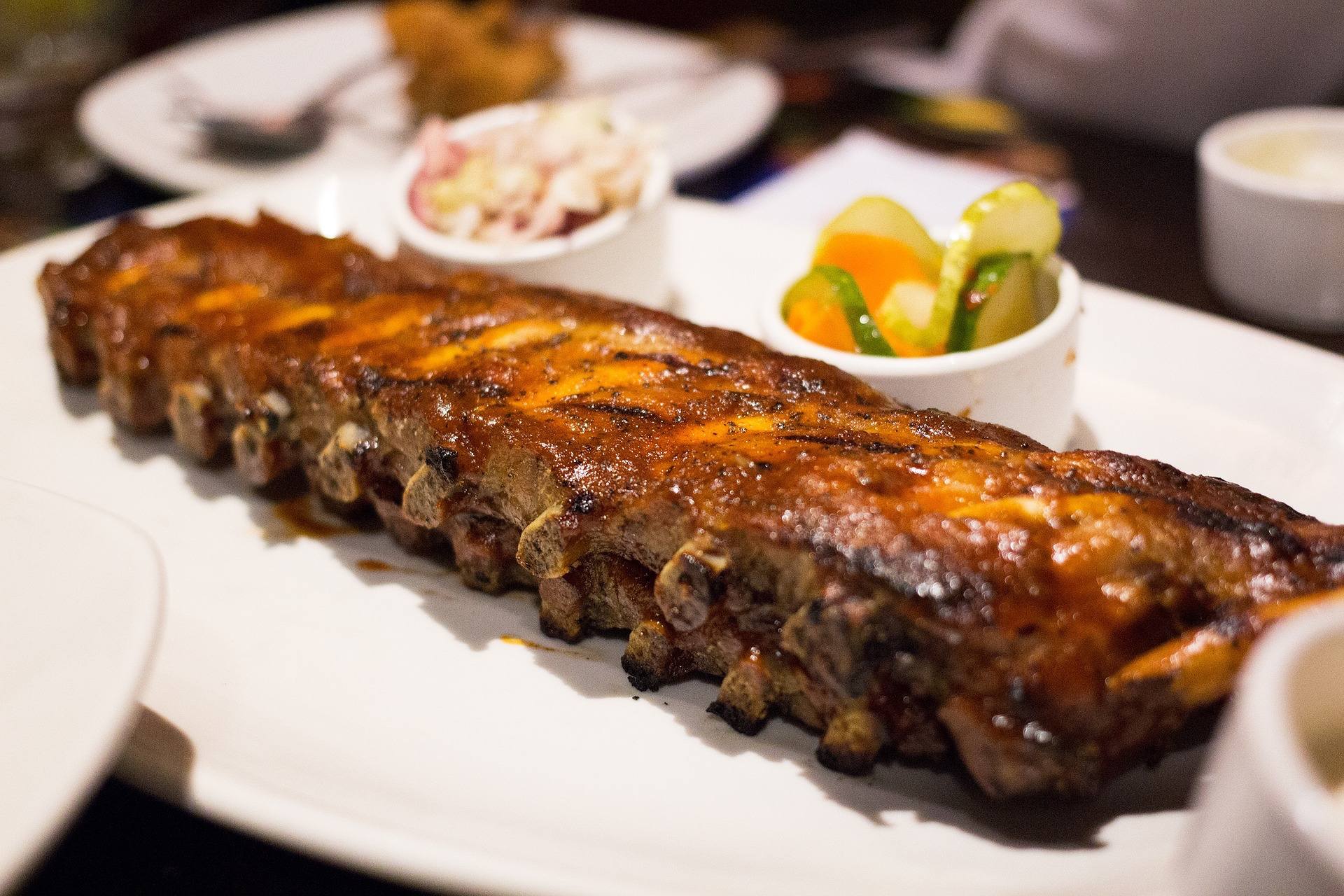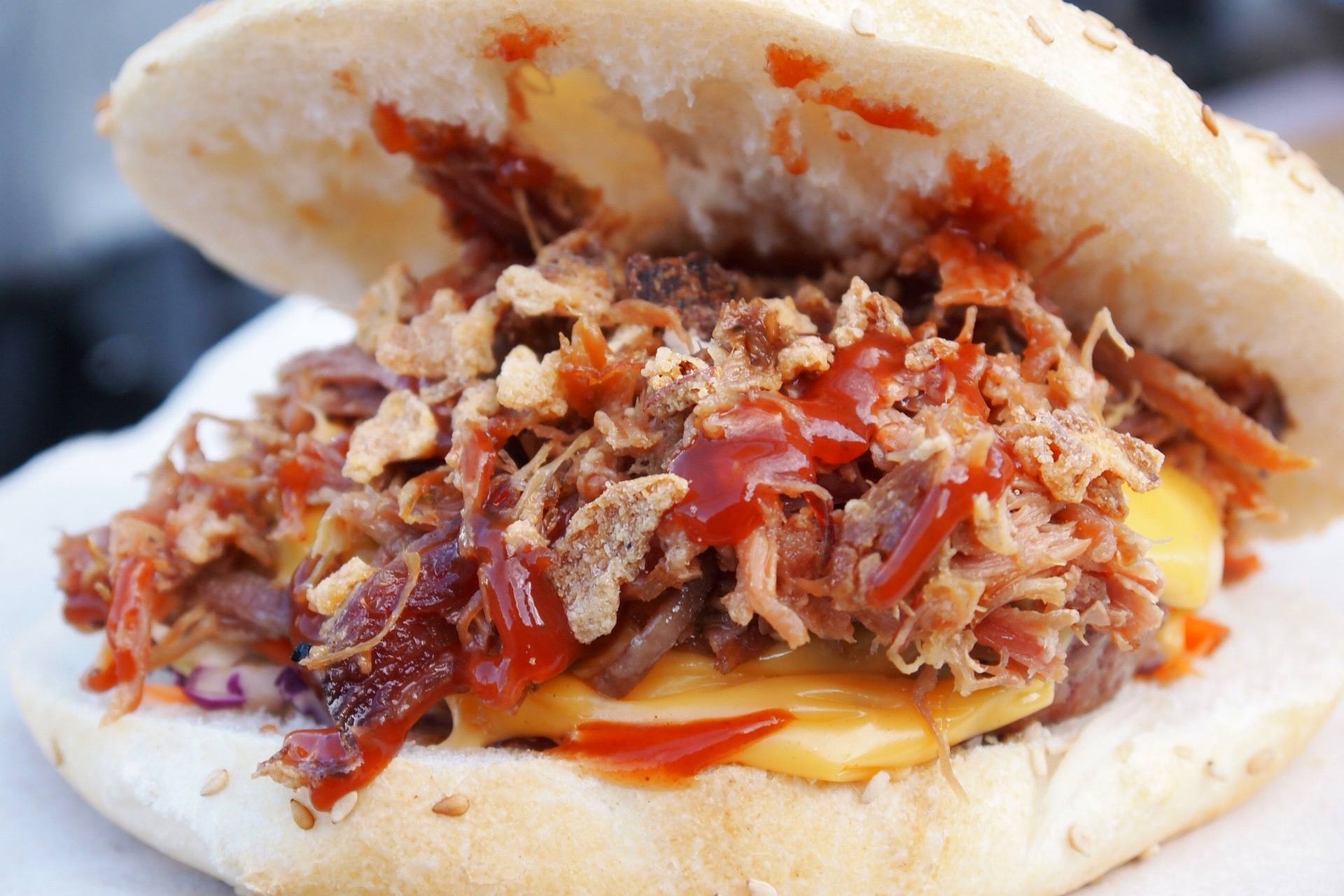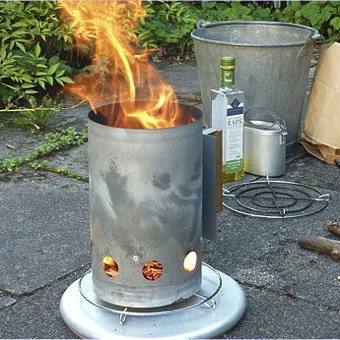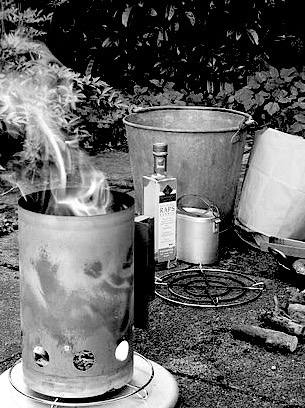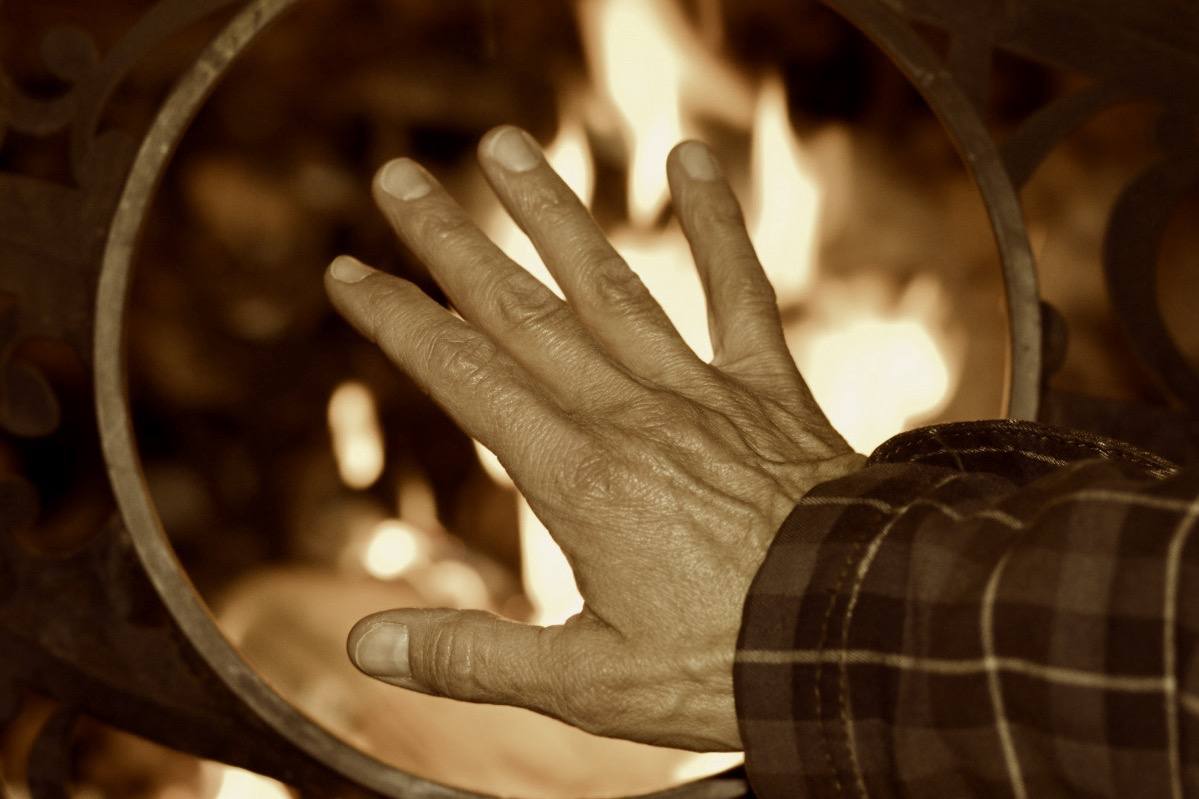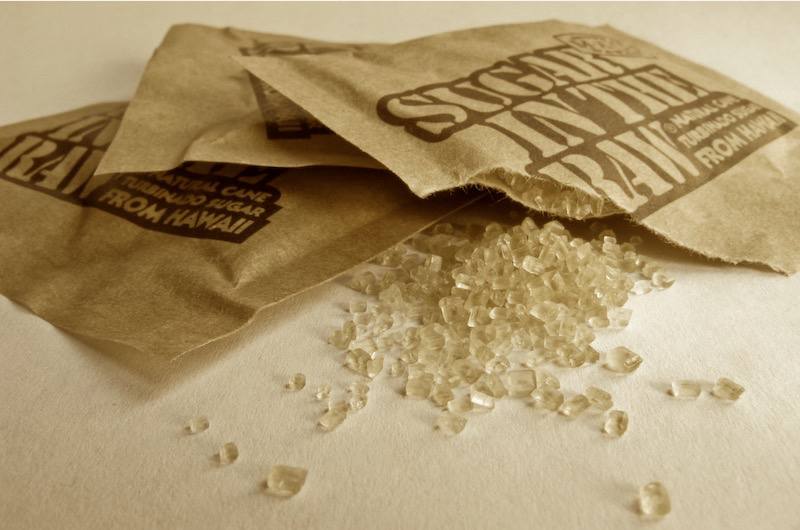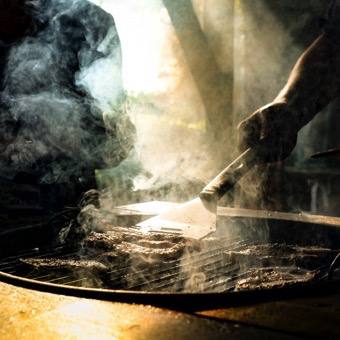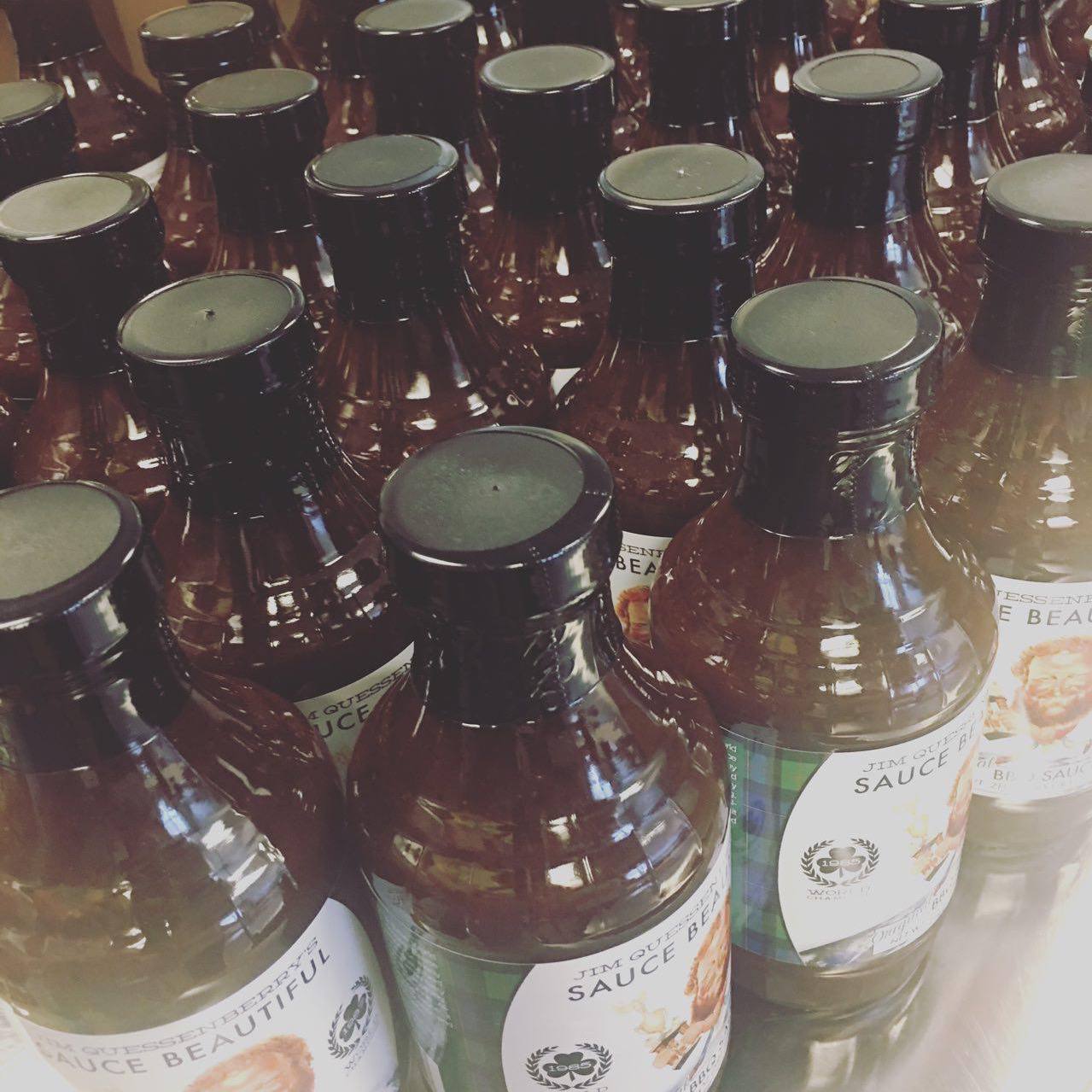Hey Joe! Where You going with that fork in your hand?
Holy smokes! We’re giving away a Weber Smokey Joe just to see who can step up and claim bragging rights for their recipes involving tabletop grills. Think you have a good dish? Well then dish it out.
Are you the master of bratwurst at your local picnic table? Do you live in a van down by the river but yearn to entertain guests by cooking steaks one at a time? Are you a vegan looking to start small on your journey to real food? If so, the Smokey Joe is right for you. If you already have one and are an ace grillmaster of all things small, let us know. We want to hear about it. Leave a comment below and be sure to check out our latest giveaway.
In the mean time, here’s a simple bratwurst recipe fit for a tabletop king!
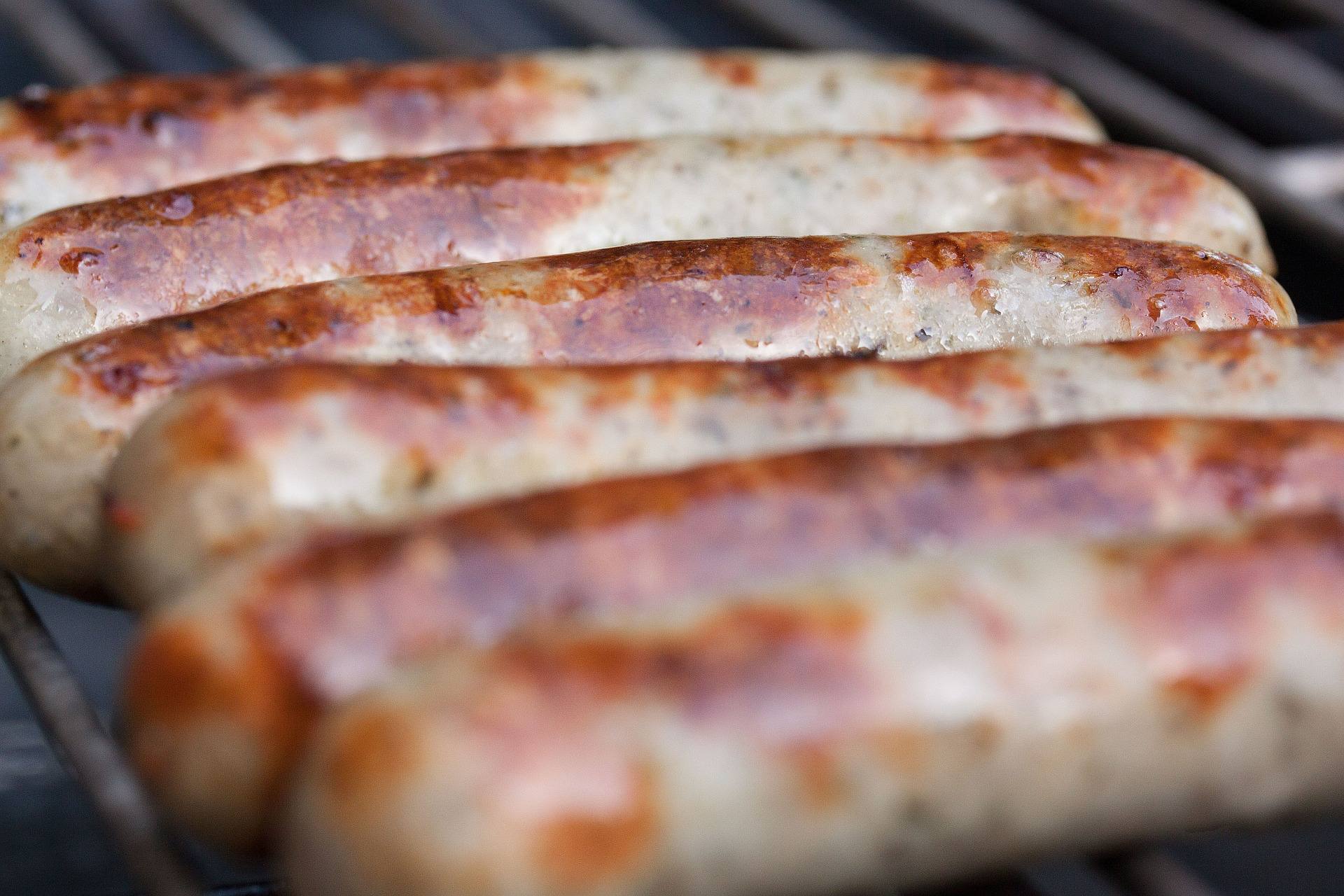
Go get some Johnsonville Brats at your nearest grocery store. If you like the cheese ones, that’s cool. We’re going to add a little twist of flavor to them that will set you apart from the rest of your tailgate team. Got the brats? Okay good. Fire up the Smokey Joe with a handful of coal.
Now we need some other ingredients. Crack a cold one. Drink about half of the beer just to get your mind set and then fill the can or bottle back up with Sauce Beautiful to make a 1:1 beer to sauce ratio mix.
This is where the magic happens. Pour that beersauce mix into a sauce pan or some other kind of container where you can mix it up. If you have a baste brush, that’s great. If you don’t, get a spoon and get to mixing. Once the beersauce is mixed well, set the brats in the pan and let them rest while you carve up an onion.
Mince or slice the onion into pieces that are just small enough to be bitesized but not too small that they can fall through the grill later on. Roll up some foil and/or use a camp pot or small pan with a quarter stick of butter and the onion slices. Dash them with Jim Quessenberry’s Steak Beautiful for a nice even seasoning and then sautee them in the foil/pan/pot over the coals of the Smokey Joe.
While the onions are cooking and making things smell so good, make sure your fire has a nice pleasant orange and white glow but not raging with flames. Lay the brats on and let them warm. DON’T BURN THE DAMN THINGS! I’ll know. Brats are best cooked slow. Eventually the brats will begin to plump over the warm coals. Baste them a few times with the beer sauce mix. Let them warm until they look like they’re going to explode. That way they’re super juicy. Pull a view onion slivers from your sautée pan/pouch and place them over the brats to get a little char grill flavor.
Once the brats are plump, you can serve them. Take them up along with the onions and serve on large hot dog buns. Spread a few onions on top and drizzle with sauce beautiful for a nice summertime treat at the campsite or back yard.
If you’re interested in more information on the Smokey Joe, here’s a brief history from Weber.

